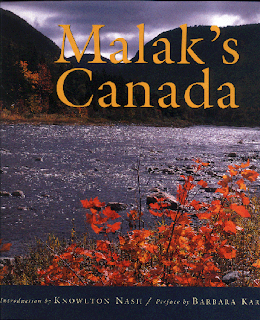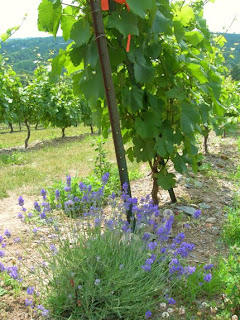
Moving from Montreal to Canada’s Capital I did not like this city, in fact, I found it dull and ugly. But everywhere I saw brilliant photographs of Ottawa.I visited the photo museum for an exhibition and learned about this artist who must have loved Ottawa, to celebrate it in such beautiful images: Malak Karsh.
In his latest coffee table book the reader does not expect less then prefect images of Canada’s nature and beauty. But not only this: they also show again his love to Canada and introduces the reader to the diversity of landscapes and the soul of the country in this journey through all provinces.
“Canada: The Land that Shapes Us” explores our magnificent country in 105 colour and 30 black-and-white images. Karsh captures the vast beauty that is Canada. From the quaint fishing villages of Atlantic Canada to the majesty of the Rocky Mountains, Malak offers a unique visual portrait of the people and places that make up this remarkable nation. Most importantly, however, this book is a beautifully designed retrospective of a photographer's lifelong love and work.
About the Author
Malak has had photographic exhibitions at the National Arts Centre in Ottawa, the Ottawa Congress Centre, in the Netherlands and many other countries. His awards include the Order of Canada, the Whitton Award, the CAPIC Lifetime Achievement Award, Photographer of the Year and the National Film Board's Gold Medal.




